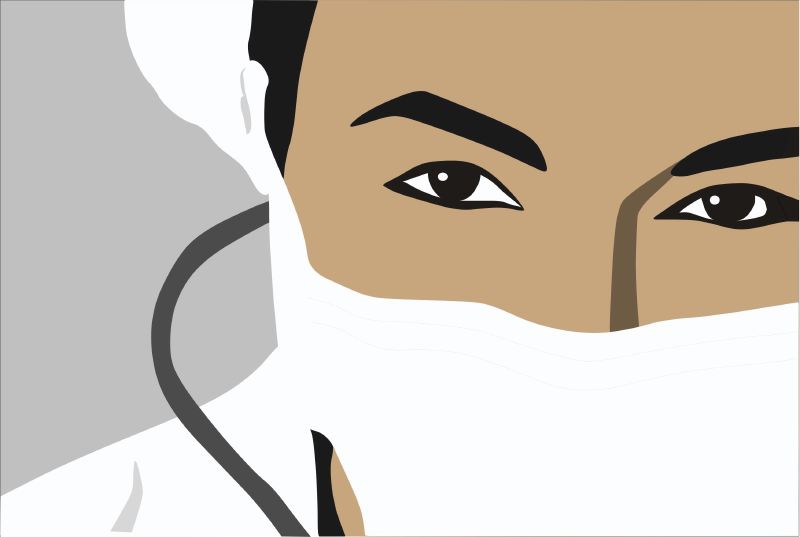
A culture of fear and low psychological safety still exists within many healthcare organisations. Psychological safety is particularly important within healthcare teams who need to work interdependently to co-ordinate safe patient care within a highly complex, dynamic and high stakes work environment. This article explores the concept of psychological safety in healthcare settings, and the role of healthcare leadership in nurturing a culture of safety for staff to speak out.
Intentions are invisible, actions are visible. Leaders need to say they are doing the very best they can. They need to be listening, say they value people’s input. We need to forgive each other – it’s iterative." - Prof Amy C. Edmondson
Psychological safety allows healthcare professionals to take the interpersonal risks needed to engage in effective teamwork to maintain patient safety.
In order to improve psychological safety in healthcare teams, an in-depth understanding of the complex and nuanced nature of psychological safety is needed.
Cultivating an organization-wide culture of psychological safety should not compromise high-quality care or a reduction in operational standards or expectations.
Expert in leadership development, and author of “The Fearless Organization,” Prof Amy C. Edmondson, tells us that psychological safety in healthcare is not:
Anyone can help create a culture of psychological safety by framing the work & context, ask explicit questions, listen, respond appropriately. Small actions: humility, empathy, curiosity all help.
At some level, we are all leaders. At the very least, our actions will be observed and may be copied by more junior members of the team. Therefore, we all have some responsibility for supporting psychological safety in healthcare.
Prof. Edmondson is further quoted: “Anyone can help create a culture of psychological safety by framing the work & context, ask explicit questions, listen, respond appropriately. Small actions: humility, empathy, curiosity all help.”
The role of the leader in being inclusive and setting the tone for psychological safety is critical. The primary role of a leader is to create an environment of trust and openness in which participants feel safe to speak honestly.
Research shows that psychologically safe leadership does not conform to traditional concepts of “The Boss” and requires the attributes of the “Inclusive Leader”.
Therefore, leaders need to role model and set up their systems to include the following in their DNA, derived from A practical guide to the art of
psychological safety in the real world of health and care.
Positive interpersonal relationships drive psychological safety. Within healthcare teams, having positive relationships, effective role models and better teamwork climates encourages healthcare professionals to speak up for safety.
Having familiar, trusting and supportive interpersonal relationships with a team leader and other team members fosters psychological safety. When team members feel valued by one another it allows them to overcome the fear associated with taking interpersonal risks, making them feel safe to speak openly, learn and engage in their work.
Psychological safety can build across time, increasing as team members become more familiar with one another and have positive experiences of engaging in interpersonally risky behaviour
This does not equal friendship, and in fact keeping friendship out of it may help colleagues speak up without fear of damaging the friendship. Psychological safety is needed in order for productive conflict, such as task conflict, to occur
Humble leaders who admit fallibility – they might miss things and make mistakes — make it safe for others to do the same. We are all human and therefore not perfect, no matter how good our training, how experienced we are, or any of the multitude of factors making up the jobbing doctor. When people come forward with bad news or medical errors, safe leaders do not scapegoat or blame. Rather they respond in an appreciative and forward-looking way: “Let’s see how we can fix this together.”
Safe leaders create opportunities to listen, discuss and reflect without judgement. Deep listening, linked to curiosity, is an attempt to really hear the other person. Not just their words, but their body language, their underlying emotions and motivations, and their overall message.
If they don’t feel safe to connect with you, it’s your job to try and build that safety.
Ask questions that invite people to speak up with their questions or concerns in safety.
Seek to really understand what the problems are, and what it’s like for a colleague to be working in that environment.
We live in rapidly-changing complex and risky times. There is no such thing as a zero-risk intervention.
Safe leaders recognise these uncertainties and potential failures that can almost be expected when we are solving complex challenges.
A strong, collaborative response to the pandemic requires creating psychological safety among healthcare professionals in order to enable them to collectively redesign processes and services to cope with new demands, learn from mistakes, integrate knowledge from healthcare organizations across the world and implement changes accordingly. Leadership through action, modeling positive behaviors, and demonstrating that it is safe to speak up is crucial to achieving this.
We seek to practice the leadership aspects of psychological safety in healthcare settings through our anonymous groups based on respect, deep listening, humility, and positive relationships.
